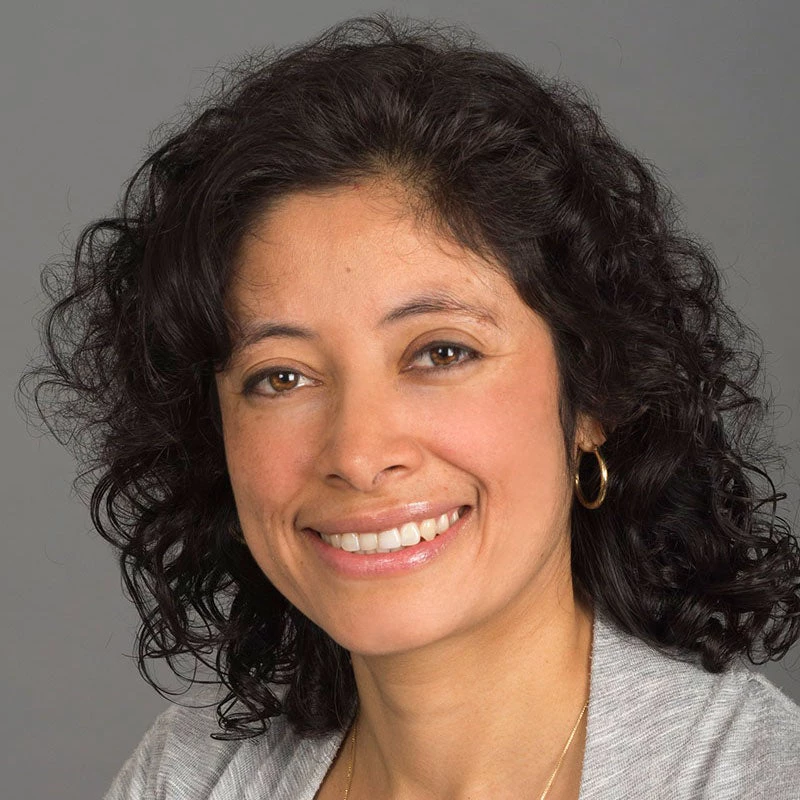
The COVID-19 pandemic presented a major challenge for household survey programs, which traditionally relied on face-to-face interviews. The mitigation measures imposed by governments, such as travel restrictions, social distancing, and lockdowns, severely limited the use of traditional face-to-face interviews. According to the Global COVID-19 Survey of National Statistical Offices (NSOs) conducted in May 2020, 96% of NSOs had partially or fully stopped face-to-face data collection.

Disruptions in NSO operations due to COVID-19 (Source: Global COVID-19 Survey of National Statistical Offices (Rounds 1-3))
However, in order to continue the much-needed work of monitoring the impact of COVID-19 on people’s livelihoods, survey operations and the collection of data must continue. As a result, many NSOs and survey practitioners turned to phone surveys, when face-to-face interviews were no longer an option. Phone surveys differ from traditional face-to-face interviews in many aspects, and require specific technical skills and considerations to yield high-quality data. However, many NSOs and survey practitioners have limited experience with this method, and this necessitated the need for a comprehensive set of guidelines to aid implementation.
Phone survey advantages
As a part of the statistical capacity building effort, the World Bank’s Living Standards Measurement Study (LSMS) team developed a training course on phone surveys in partnership with the Joint Program in Survey Methodology (JPSM) and the Mannheim Business School, and with financial support from the Trust Fund for Statistical Capacity Building (TFSCB). The training was offered through a partnership with regional statistical training centers and the United Nations regional economic commissions.
Implementing Partners
The training was a combination of online and live sessions. Online sessions were self-paced, and included pre-recorded video lectures, readings and learning assessments. The live sessions were held via Zoom and Microsoft Teams. During the live sessions, instructors provided an overview of the course, answered questions posed by the participants, and organized interactive group activities to facilitate engagement. In FY21, a total of 120 trainers and NSO staff, globally, have successfully completed the training.
Participants and instructors posing for a photo after the training
The Remote Training on Phone Survey course consists of 8 modules, which present best practices and international standards for all stages of the phone survey lifecycle ; from the design and planning phase all the way to the dissemination of collected data.
Practical applications were drawn from the LSMS team’s recent experiences in supporting high-frequency phone surveys on COVID-19. The training materials from the program are made publicly available in English, French and Spanish through the LSMS Learning Portal, and those interested can watch video-recorded lectures and take learning assessments at their own pace.
Resources:
Remote Training on Phone Surveys (English)
Formation à distance sur les enquêtes téléphoniques (French)










Join the Conversation